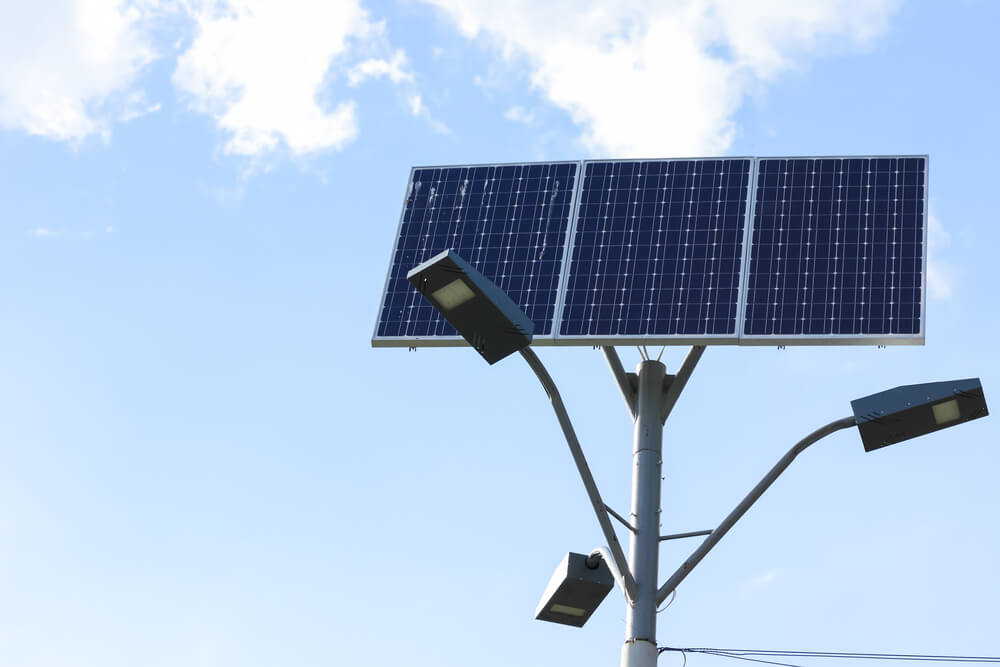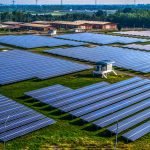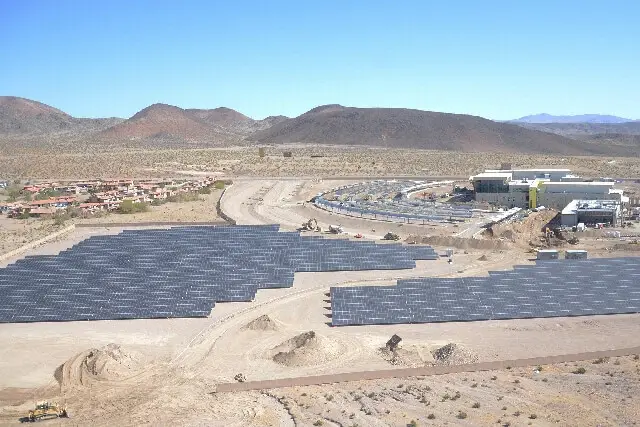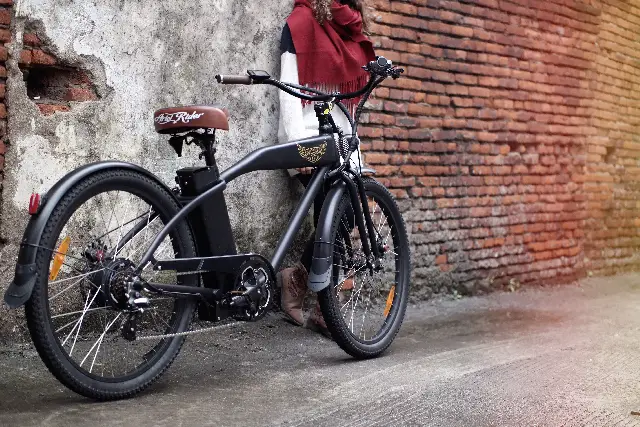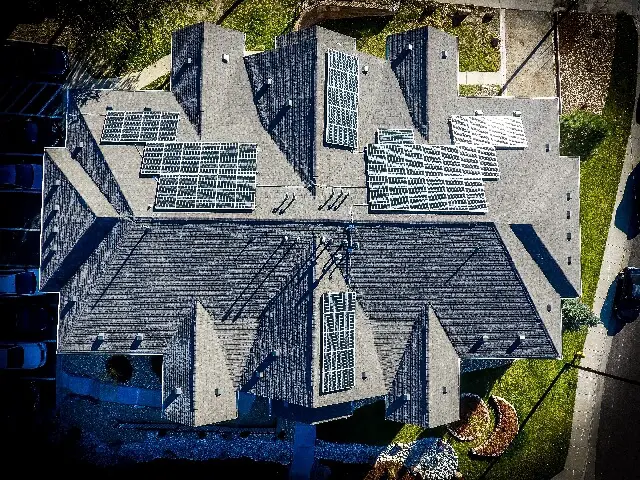Solar panels can function in the presence of artificial light. Their operation and power outputs, on the other hand, will never be as high as they would be if exposed to sunshine.
The solar panel’s energy output is also affected by the bulb type, whether the light is cold or warm, durability, and the artificial source’s wavelength.
Let’s look at some of these statistics to understand better how artificial light affects solar power performance.
First, let’s have a look at some technological issues.
Do Solar Panels Require Direct Sunlight to Charge?
Solar lights do not require direct sunshine to charge.
Solar lights, on the other hand, require some light to operate.
However, you can do this without the use of the sun.
As a result, you can use artificial light to charge solar lights.
Do Solar Panels Work With LED Light?
There’s no denying that solar panels have incredible impacts.
They can also power almost everything! However, what if the sunlight isn’t available and your solar panel needs charging?
You can use LED light bulbs to charge a solar panel, but it will take significantly longer to charge a solar panel than natural sunshine.
The Fundamentals of Solar Panels
These are photovoltaic cells that consume sunlight and transform it into usable electricity.
Large solar panels on the earth or the roofs of residences may come to mind when you think about solar panels, and you’re right.
However, smaller solar panels and other solar components can also power smaller products such as watches, flashlights, and outdoor lighting.
Solar panels are frequently used as part of a more extensive solar system to absorb and convert sunlight to energy, such as solar panels on a home’s roof.
In addition to solar panels, solar systems typically incorporate inverters, rackings, batteries, and charge controllers.
Charging Solar Power Panels With Artificial Light
The possibility of charging solar panels with LEDs and other artificial lights has something to do with the different light waves and light spectrums that each type of light emits.
The difference between solar panels with artificial and solar light is the distinct light waves each type emits.
Solar cells respond to and absorb light waves differently depending on the light source.
Solar cells are susceptible to the sun’s light waves because their spectrum closely matches the sun.
As a result, it can absorb and respond to light waves with greater ease.
The light waves emitted by incandescent or LED light bulbs are not the same as those emitted by the sun.
As a result, the solar cells absorb and convert some light wavelengths and ignore others.
If you want to charge a solar panel using a light bulb, however, an LED light bulb will be your best option.
LED light bulbs, for starters, are more efficient in converting electricity to light than other light bulbs, as well as being safer and producing less heat.
When it comes to turning electricity to light, LED lights are roughly 80 percent efficient, meaning that they convert 80 percent of their energy to light and the remaining 20 percent to heat.
Incandescent light bulbs, on the other hand, are only 20 percent efficient at converting energy to light.
The remaining 80 percent of their energy transforms into heat.
LED lights emit less heat because they are more efficient.
It may seem strange, but direct high heat can harm tiny solar components like those found in a solar watch or flashlight.
So it’s much better if a light bulb is more efficient and produces less heat.
Using an Led Light Bulb to Charge a Solar Panel
If you’ve decided to attempt charging a solar panel with a light bulb, whether as an experiment or for another reason, there are a few things to consider.
To begin with, the higher the wattage of the lightbulb, the more the charge it may generate.
The sun, for example, produces around 1,000 watts of solar energy per square meter on the Earth on a typical sunny day.
The overall power output of a standard lightbulb ranges from 40 to 100 watts.
When charging one with the other, keep a safe distance between the solar panel and the light bulb.
It’s particularly true for small panels seen in flashlights, solar lights, garden lights, and timepieces.
A basic rule is to keep the panel at least 20 inches away from the light bulb.
Bottom Line
Artificial light is not the ideal way to charge a solar panel.
However, if for any reason you’ll need to utilize that option, LED will always be your best option.
It would help if you did proper research before attempting to use the artificial light process.
Meanwhile, at least you know now that if you’re ever in a position or place where sunlight is not accessible, then LED is your best alternative.
